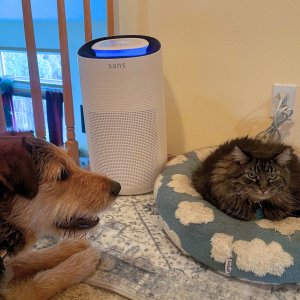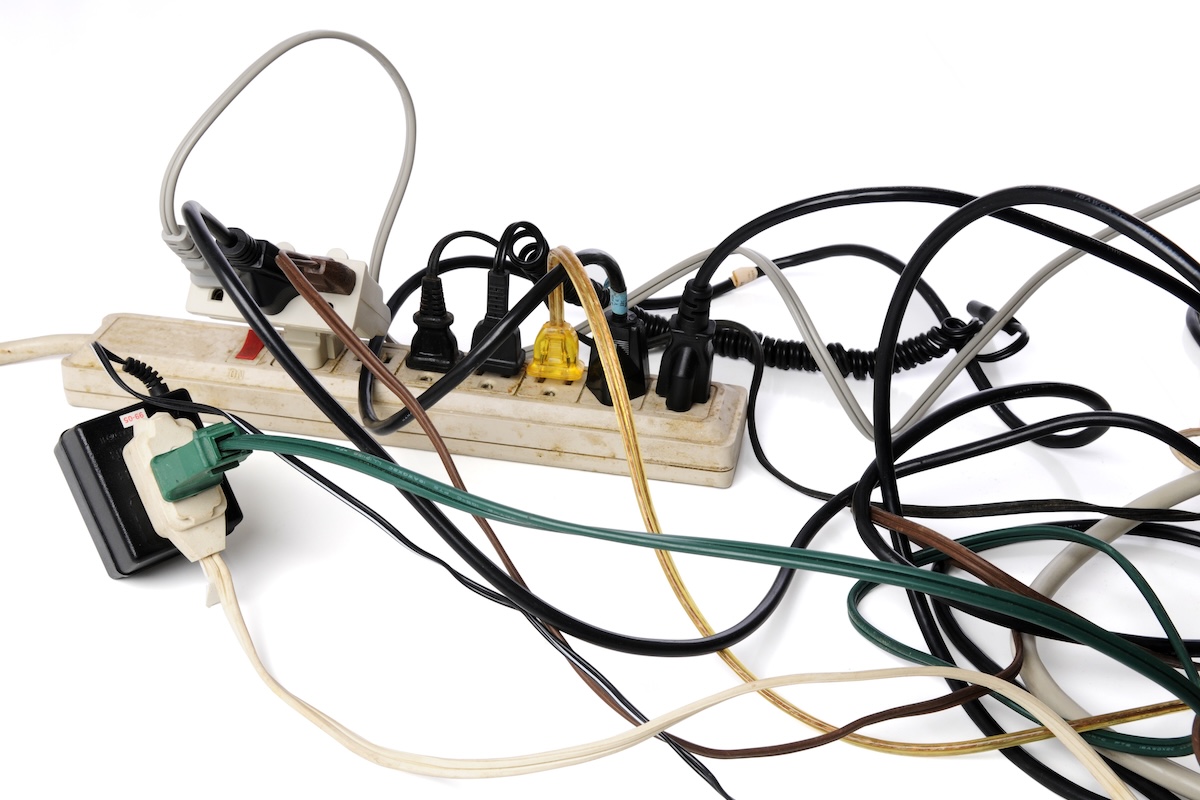

We may earn revenue from the products available on this page and participate in affiliate programs. Learn More ›
When the two plugs in a wall outlet simply aren’t enough to power the lights and gadgets needed to run a modern household, most people turn to power strips to fulfill the demand for electricity. It’s okay to use these tools to charge smartphones or power an entertainment setup, but there are some power-hungry devices that are dangerous to plug into a power strip instead of directly into the wall. Appliances that use high wattage, such as air conditioners, space heaters, and toasters can draw more power than the strip can provide, causing the power strip to overheat and creating a fire hazard. Also, location matters: Indoor power strips aren’t designed to get wet unless they are GFCI-certified for wet and damp areas, so using them in wet areas such as kitchens or laundry rooms risks a short or an electrical fire.
When using a power strip, pay careful attention to its maximum wattage (found on the device’s label) and make sure to limit the plugged-in devices to that amount. Most power strips are 15 amp, which means they can handle up to 1,800 watts. If that isn’t enough power for the demand placed on the strip, seek out a heavy-duty 20-amp power strip, which can handle loads of up to 2,400 watts.
1. Another Power Strip
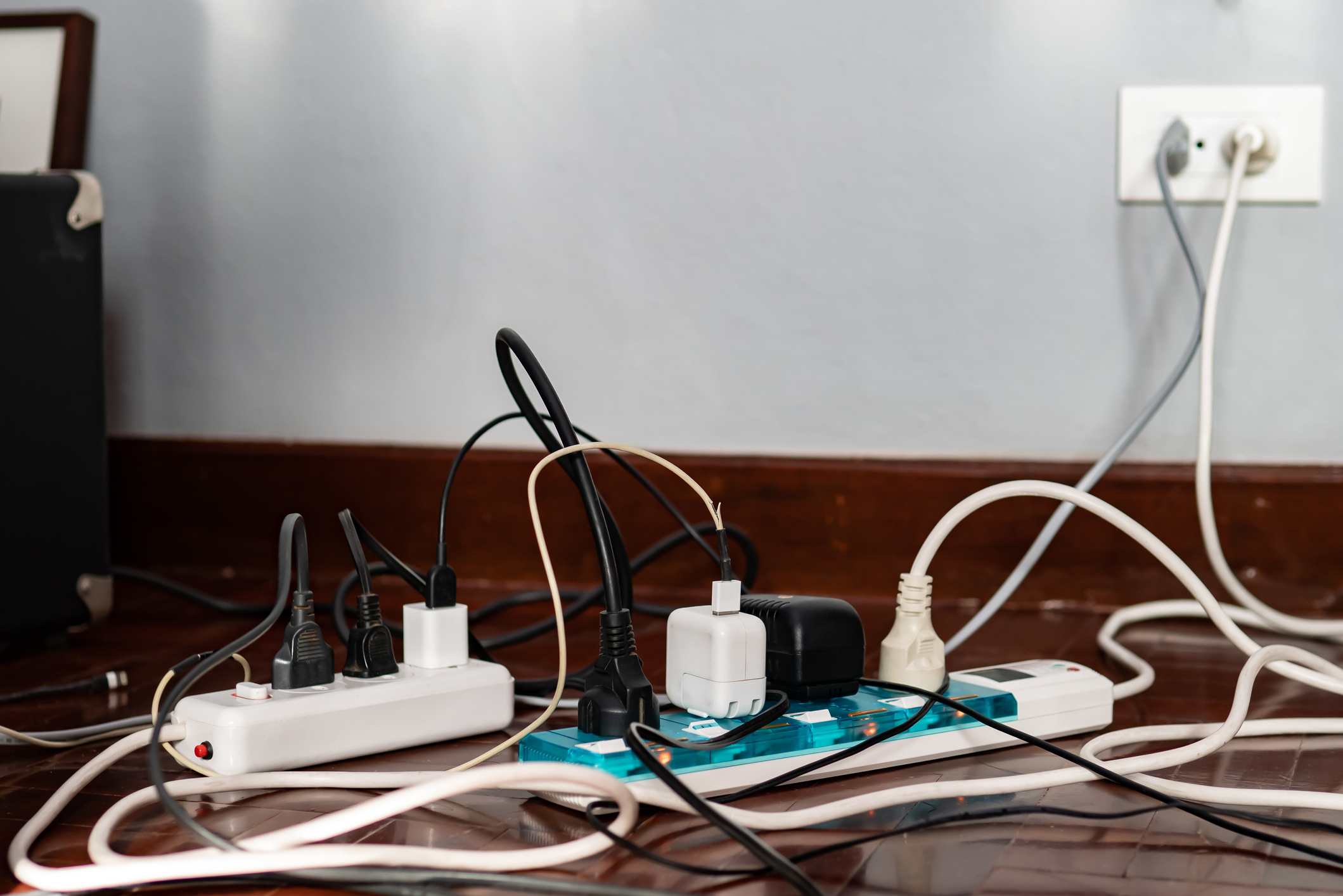
Power strips are not meant to be used in conjunction with another power strip. In fact, plugging multiple power strips together, which is known as “daisy-chaining,” violates most fire safety codes and can quickly overload a whole-house electrical system and cause a power outage. For the same reason, avoid the use of even the best extension cords with power strips. Short of outlets? Try unplugging one device before plugging another one in, or cut the cord and find power-free alternatives for household gadgets.

ESSENTIAL GEAR
Gearing up for your outdoor holiday lights display? With the APS IPX6 9-in-1 Outdoor Power Strip, you won’t have to rush home to turn the lights off when it starts raining. The top pick in our tested guide to the best outdoor power strips, the APS 9-in-1 has an IPX6 water rating, six 3-prong outlet plugs, three USB ports, and an internal circuit breaker.
Get the APS IPX6 9-in-1 Outdoor Power Strip at Amazon for $26.99.
2. Refrigerators
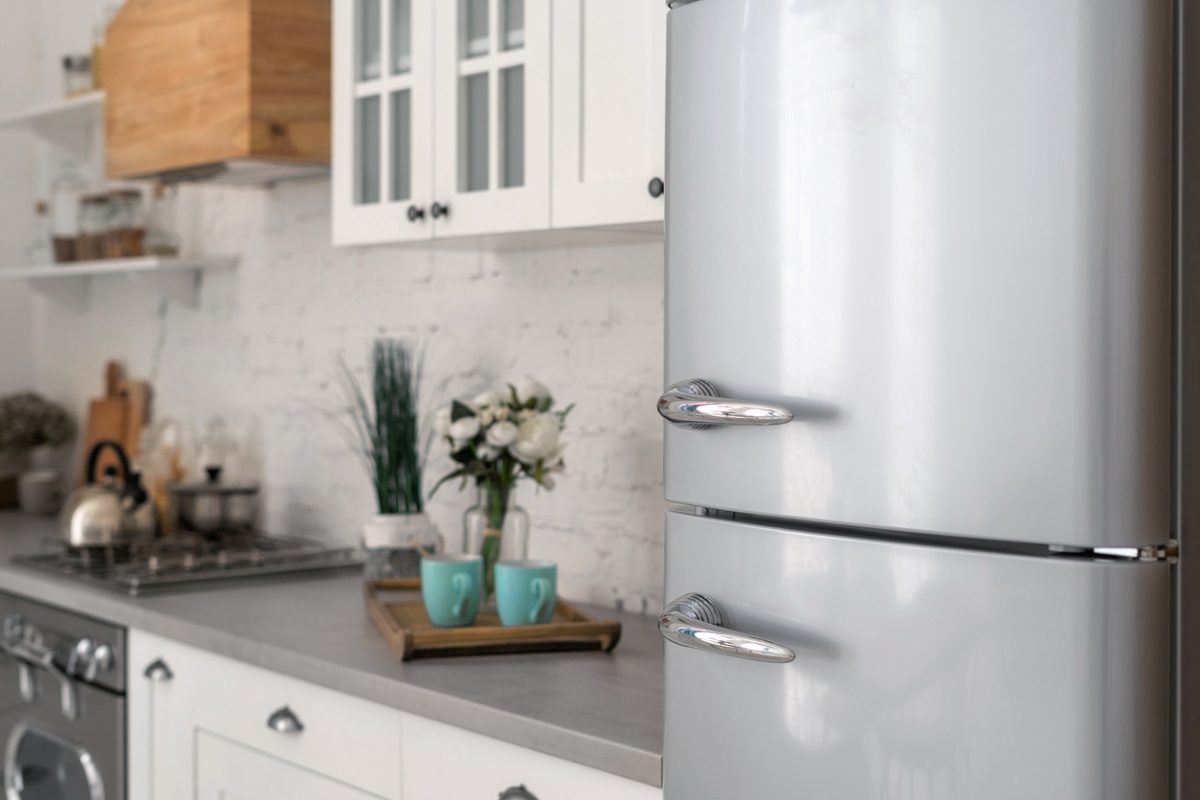
Large appliances like refrigerators draw a lot of power and frequently cycle on and off, which can easily overload a power strip. These devices should be plugged directly into a wall outlet that’s dedicated solely to powering the appliance. Plugging additional appliances into the same outlet will risk tripping the circuit each time the refrigerator cycles on.
3. Microwaves
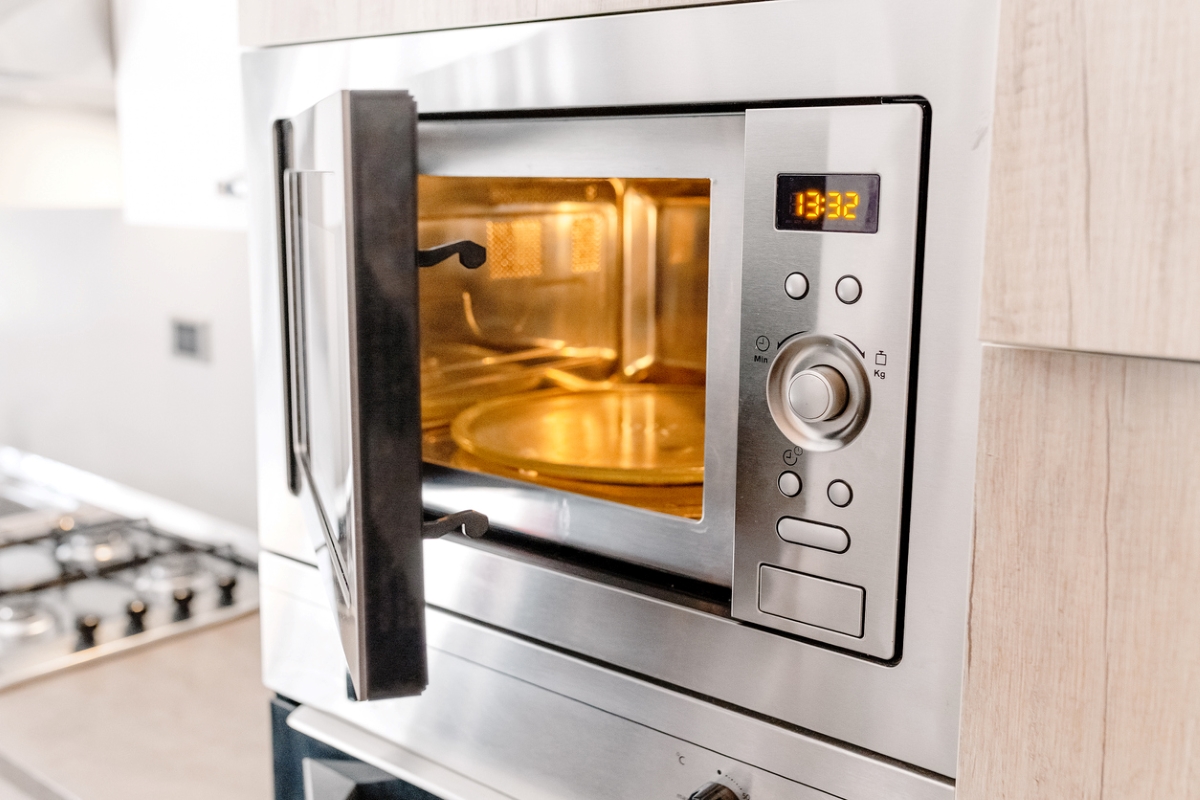
The microwave is a miracle of modern food preparation, thawing, cooking, and reheating food in a fraction of the time it takes a conventional oven. It can also assist in unexpected ways, refreshing stale food and drying herbs. But all that marvelous activity requires more energy than a power strip can provide. Like a conventional electric oven, the microwave should have its own dedicated power outlet.
4. Coffee Makers
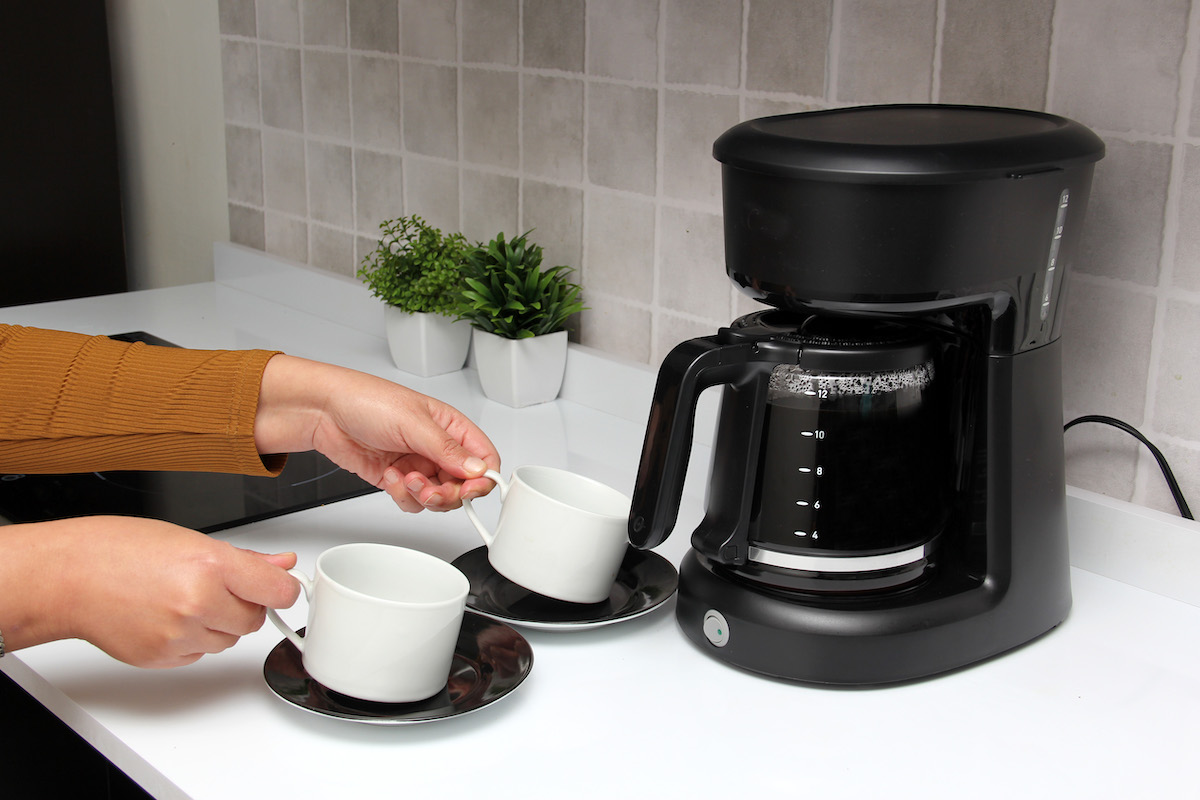
A morning cup of joe may not seem to require that much energy to brew, but most coffee makers need quite a bit of amperage to turn those roasted beans into a hot beverage, especially when using the coffee maker for alternative kitchen tasks. Plug a coffee maker directly into the outlet or run the risk of waking up to a half-brewed pot of coffee and a blown power strip or circuit.
5. Toasters
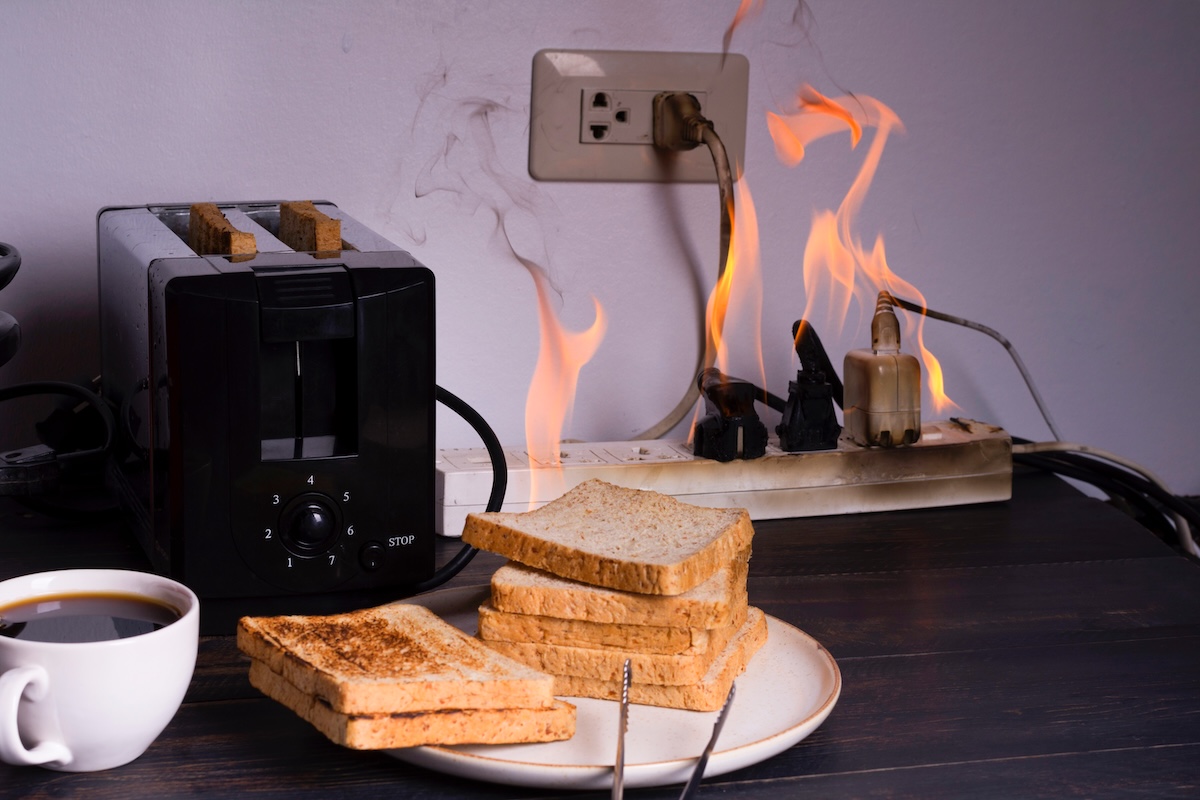
Anyone who has ever peered into a toaster to remove a particularly stubborn piece of broken crust knows that the inside is basically a bunch of wires that heat up to red-hot temperatures to toast the bread. The current draw that those wires require can easily cause a power strip to overheat. This same issue affects toaster ovens, pizza ovens, and waffle makers.
6. Slow Cookers
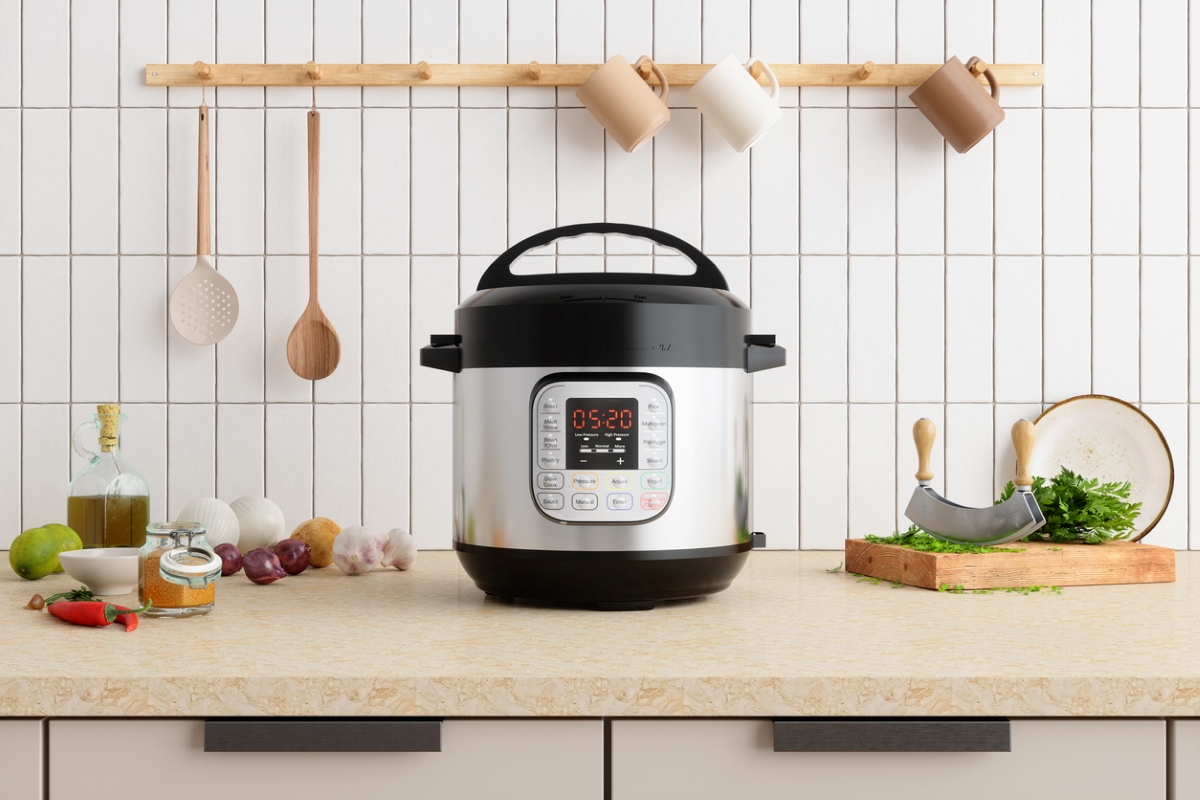
“Low and slow” doesn’t mean that slow cookers don’t use much power. While they’re certainly energy-savers over heating up an entire oven, the power necessary to maintain consistent temperature over a long period of time can easily overload a power strip: These cooking appliances require more juice over a longer period of time than a power strip can handle. And because the appeal of a slow cooker is that it can operate without supervision, it’s critical to make sure it is safely plugged into a wall outlet to minimize any hazardous outcomes.
7. Hair-Care Appliances
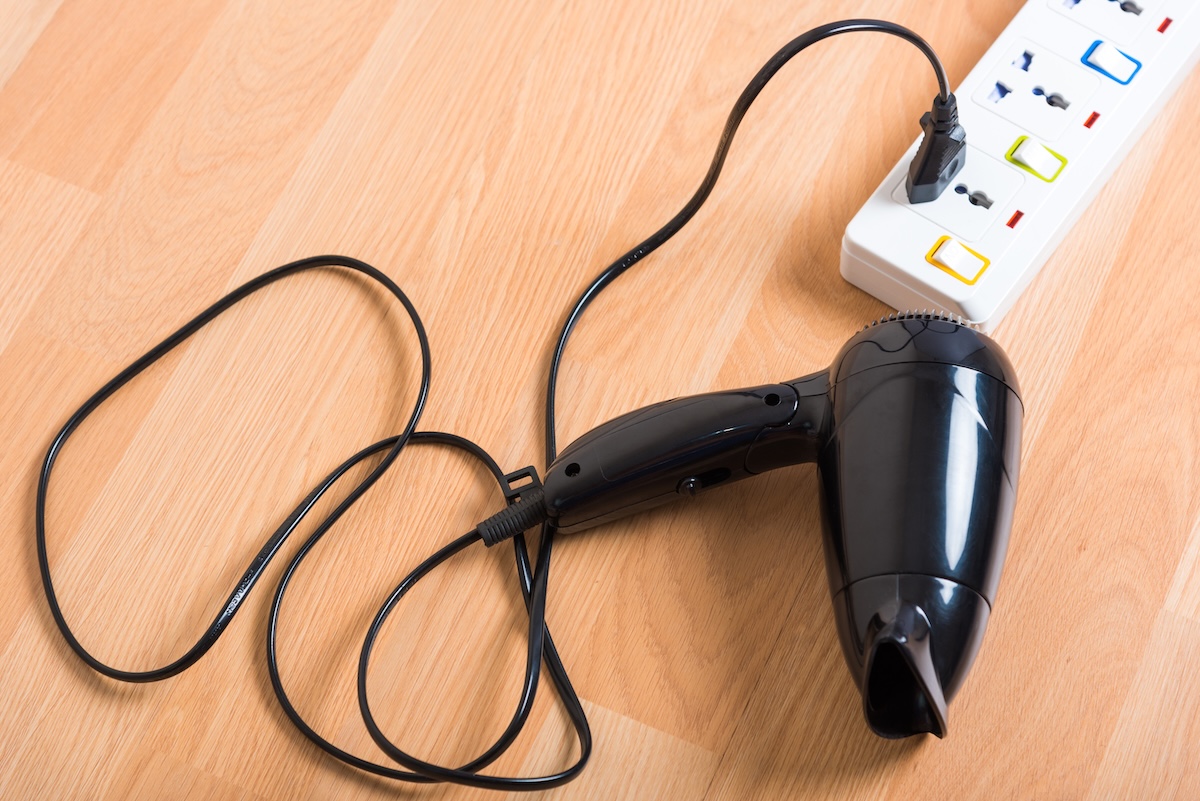
It takes a tremendous amount of electricity to power your hair dryers, curling wands, and flat irons: These tools pack a lot of power into a small space to quickly reach high temperatures, and then cycle on and off to maintain. To prevent the circuit breaker from tripping, any hairdressing accessory that operates with heat should be plugged directly into a wall outlet—preferably a GFCI outlet to avoid the danger of accidental water exposure, a common bathroom hazard.
8. Air Conditioners
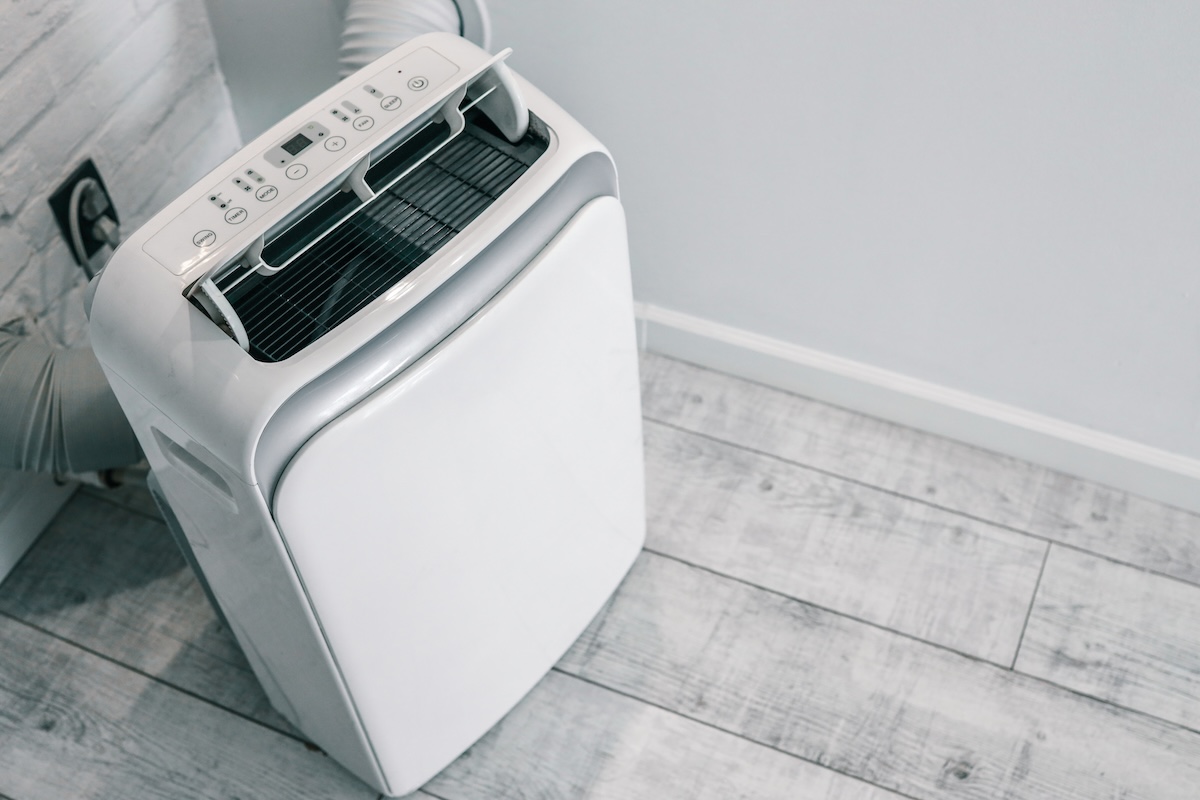
Like heaters, air conditioners (whether window units or portable models) are designed to cycle on and off to maintain a consistent temperature, and they draw a large amount of current when they switch on. This activity can overload many standard wall outlets on overtaxed circuits, and is far too much for a power strip to handle. Plugging an air conditioner into a power strip or even an extension cord will likely either trip the circuit breaker or cause dangerous overheating. For that reason, these appliances should always be plugged into a dedicated outlet.
9. Sump Pumps
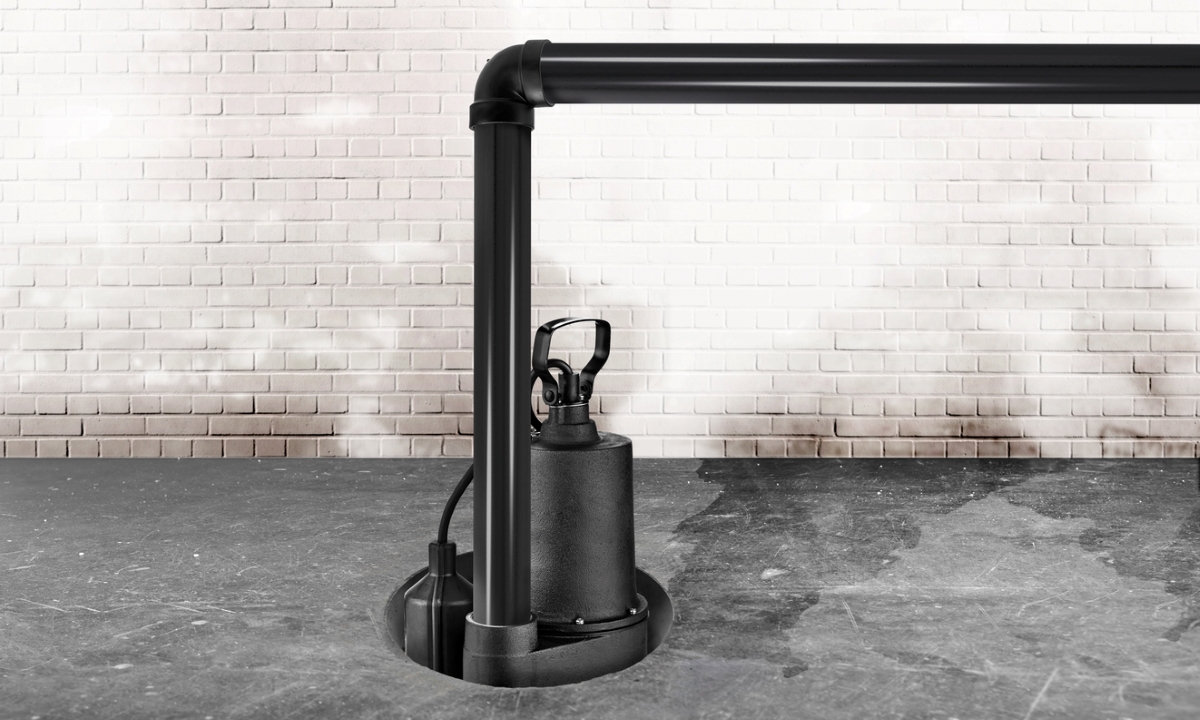
A sump pump is often the last defense for a dry basement in the event of flooding. First, sump pumps are cyclical—they turn on and off as needed to pump out flood water—and the on/off cycling can overtax a power strip. Also, if a sump needs to power on, it’s likely there’s a significant amount of water in the area. Because most power strips are not designed to be used in damp or wet conditions (even the best outdoor power strips aren’t intended to be submerged), they’re unsuitable for use with a sump pump. Instead, plug a sump pump into a GFCI outlet, preferably one installed a few feet above the floor to stay clear of rising water.
10. Air Compressors
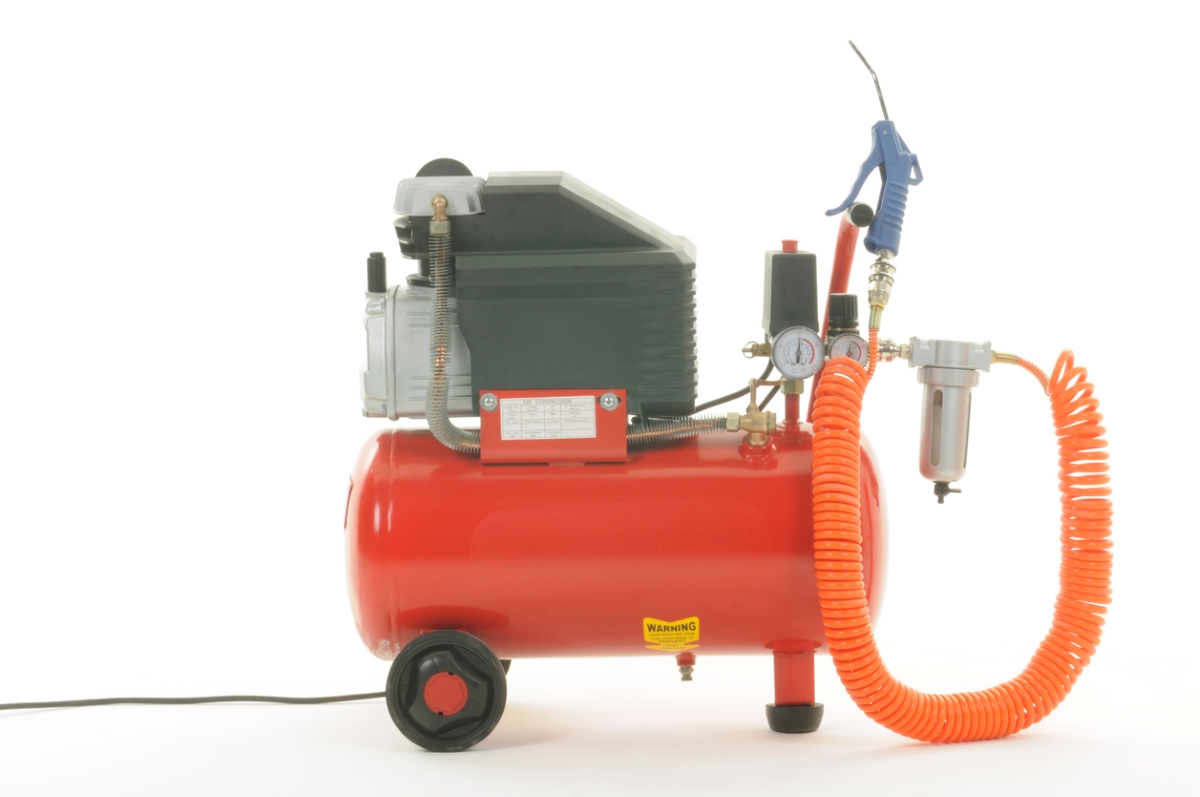
Portable home air compressors are handy household helpers for ambitious DIYers, but they draw a huge amount of energy on start-up. Rather than overloading a power strip, use a single high-quality heavy-duty extension cord to get the maximum use and benefit from air tools.
11. Blenders
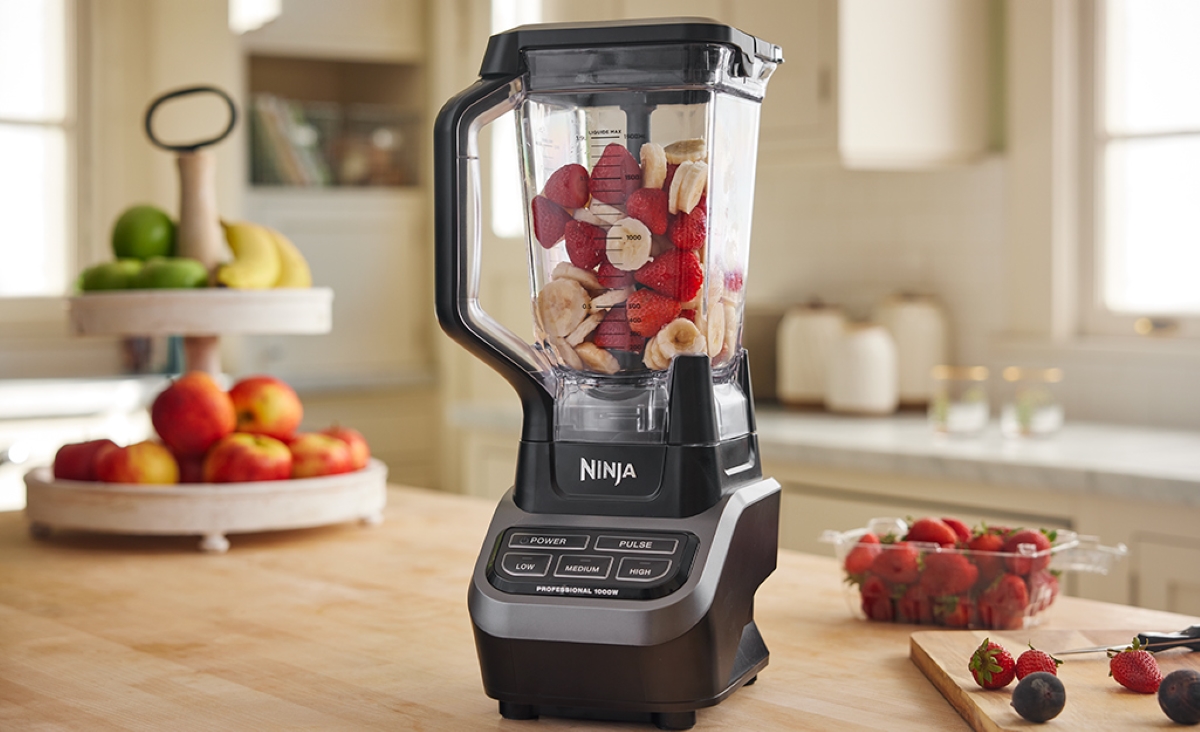
Just because an appliance is small doesn’t mean it’s safe to plug into a power strip. Many blenders, including those made by Ninja and Vitamix, use powerful motors for chopping up tougher foods. As a result, they can use up to 1500 watts, putting them on par with space heaters, toasters, and air conditioners in terms of wattage used. Since the purpose of a blender is to liquefy foods, there’s also the danger of getting liquid on the power strip, which could cause it to short circuit. Always plug a blender directly into a kitchen GFCI outlet.
12. Washing Machines
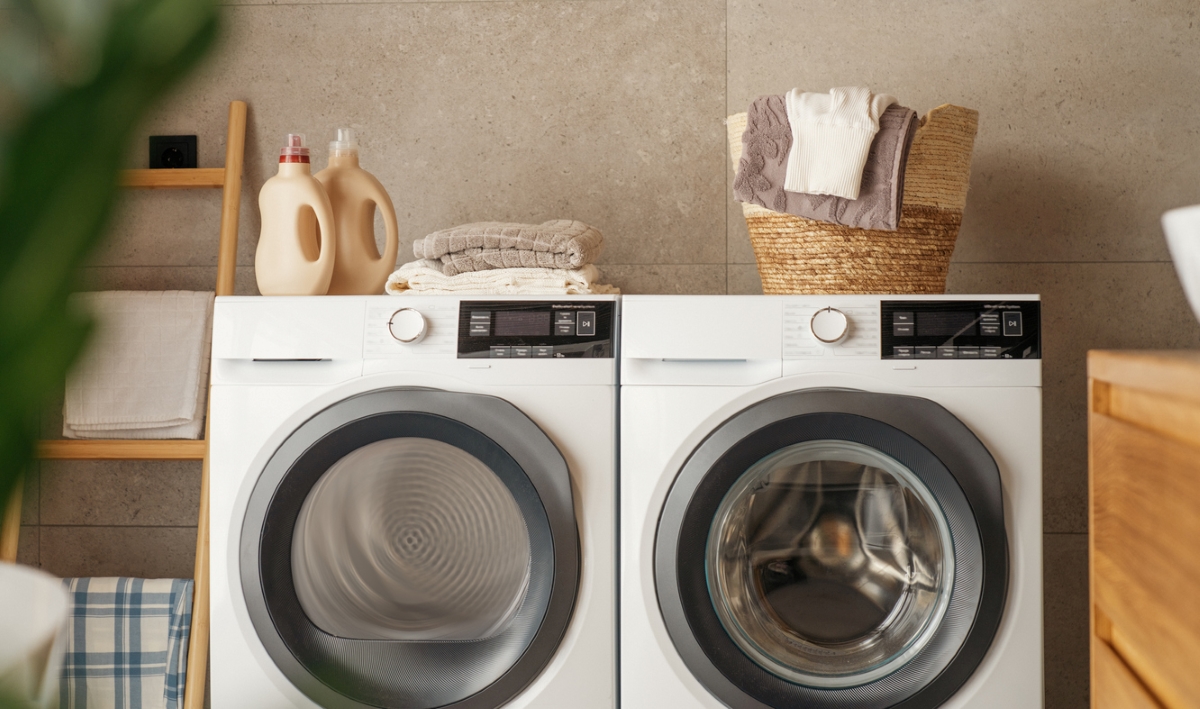
Even the best, most energy-efficient washing machines use up to 1,400 watts, which is dangerously close to the max load of most power strips. Washing machines are usually left unattended while they wash clothes and can take up to an hour or more to complete a cycle, which is more than ample time for a power strip to overheat while nobody is watching. Instead of using a power strip, plug that washing machine directly into its intended wall outlet.
13. Portable Heaters
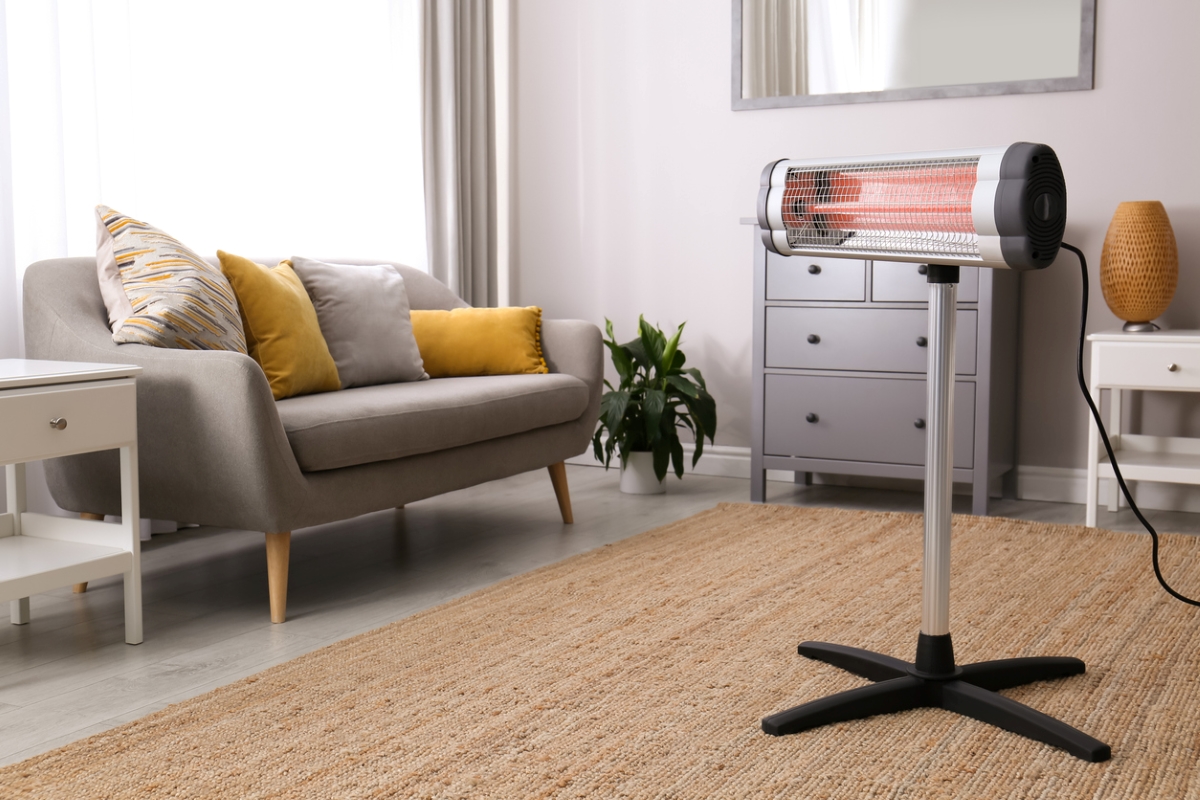
The best portable heaters, even energy-saving options, use 1,500 watts of energy on their high settings and are especially dangerous when plugged into power strips because they often run for extended periods of time. Even more problematic is that space heaters are often in use while a home’s inhabitants are asleep. While portable heaters have built-in safeties that shut the unit off if they begin to overheat, that safety feature won’t necessarily prevent the power strip from overheating and potentially causing a fire. Space heaters should always be plugged into the wall or a heavy-duty extension cord rated for the appropriate wattage, and should never be left unattended.
14. Power Tools

Power strips can be safe in a workshop, but not any old power strip will do. In order to safely use a power strip to supply the power tools in a shop, it’s key to use a quality 220-volt power strip that’s equipped with grounded outlets. This type of power strip should also use heavier 14-gauge wire between the strip and the plug, which can carry a greater load without heating up. Using a higher-rated right power strip is especially important for electric tools that consume higher wattage, such as table saws, circular saws, and chop saws.
15. Gaming Components
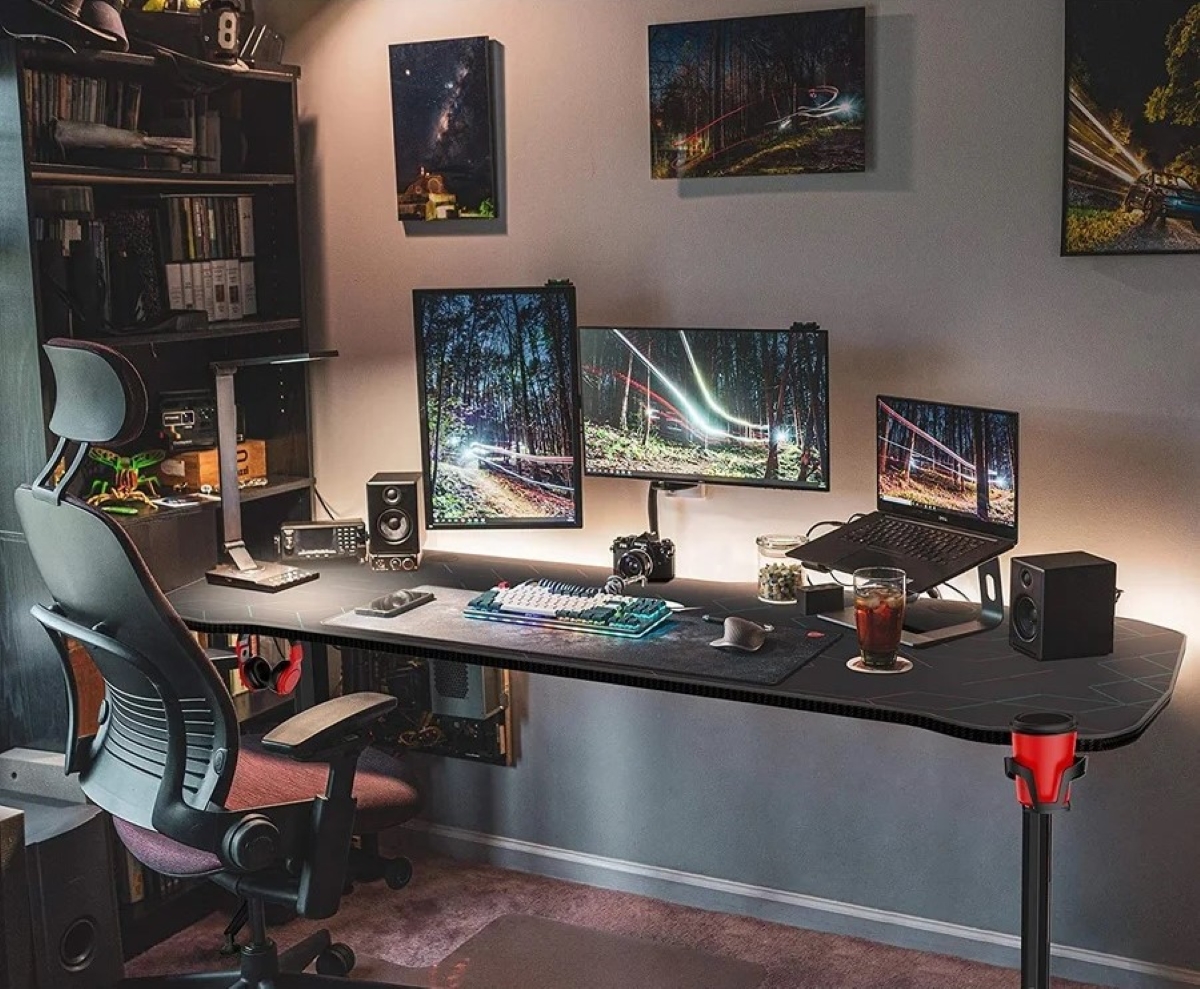
It doesn’t seem like gaming equipment would draw enough current to be dangerous, but while a gaming computer may only draw about 500 watts, the monitor, speakers, lamps, and other accessories that create an exciting gaming experience add to the total wattage. When plugged into a single power strip behind a dusty console, this can be too much for a power strip to safely manage. Consult the stickers on each of these devices, tally up the total, and make sure that number is less than the power strip’s wattage rating. Because these devices are sensitive to power surges, consider a power strip that functions as a surge protector.
